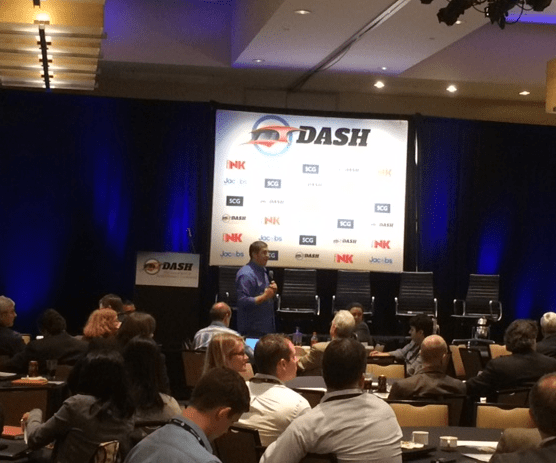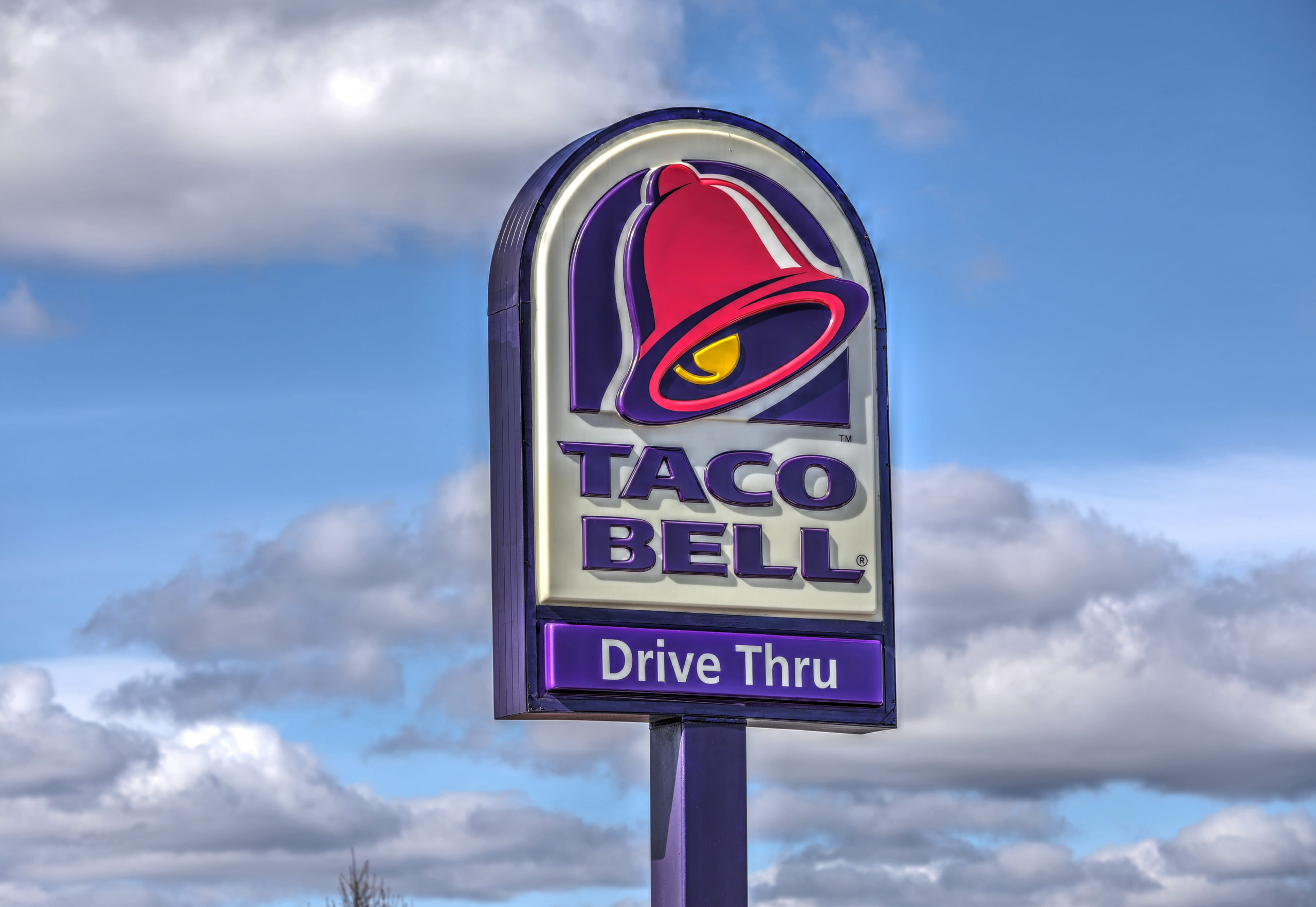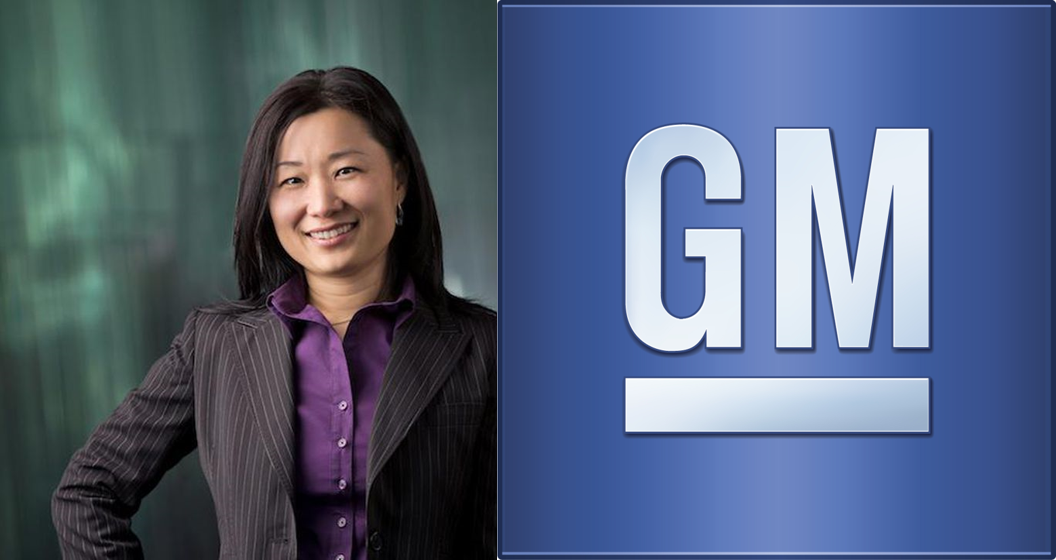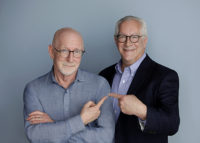
Seven years ago this month, we put together our first DASH Conference here in Detroit, with our partners Valerie Shuman and Radio Ink. We went on to present three of these events in consecutive years, a mashup of the radio and automotive communities.
Combined with our trips to Vegas for the Consumer Electronic Shows and our Techsurvey tracking data, it became obvious these two storied industries were much like peanut butter and jelly – complementary, connected, and better with the other’s participation. And yet, despite their nearly 100-year relationship, there was virtually no contact between the two of them. The auto companies kept willingly installing AM/FM radios in their dashboards, and radio broadcasters generally took their prime in-car “real estate” for granted.
Our goal with DASH was to help bring the two worlds together, identify common ground, and look for areas of mutual opportunity. By all measures, DASH was a successful venture for us, helping to put automotive and radio on the front-burners of many radio broadcast and automotive execs. From dashboard displays to shared mobility to embedded audio content, these conferences explored the 360° of where these two industries shared opportunity.
Think of it as a Venn diagram where the intersection of those two circles is a space where both broadcast radio and automotive can collaborate and thrive.
And one of those areas of commonality is attribution. To radio, in particular, the car IS of paramount importance. Even in the midst of the pandemic, the majority of broadcast radio listening takes place while consumers are on four wheels. The road volume receded in March when the lockdowns began, but continue to recover with each passing month. The freeways, highways, streets, and boulevards are still not at their 2019 congestion levels, but they’re headed in the right direction.
But the sticking point for advertisers revolves around the sticky issue of whether radio advertising actually drives business. Do commercials just float away into the ether when people are driving and listening to the radio – or do they garner attention, and more importantly, generate an action?
Is there a stimulus/response relationship between hearing an ad while in a car, and motivating drivers and passengers to actually show up and engage in some business?
Now that would be the Holy Grail for radio.
Since Facebook, Google, and the like have become accepted as viable advertising vehicles for millions of businesses – big and small – broadcast media has found itself backed into the attribution corner. Does radio truly work or not?
Today, we may be closer than ever to finding out, and once again, the car emerges as radio’s best friend.
And while automotive can help make broadcast radio’s case, there’s something in it for GM, Ford, Toyota, and the others. They’ve got all this data, but don’t always know what to do with it, much less how to monetize it.
A brand new story in Forbes by independent media consultant/journalist Brad Adgate suggests we may be closer than ever to establishing the all-important attribution connection. An innovative pilot study by General Motors and Taco Bell in Columbus, Ohio, points to the efficacy of radio ads.
 In “Measuring The Effectiveness Of Radio Advertising In Connected Cars,” Adgate walks us through the particulars – a study that was conducted this past summer involving 78 Taco Bell stores. GM’s participation was key, given they have a 50% market share of 4G LTE connected vehicles. For this experiment, 185,000 cars were involved – a truly robust sample.
In “Measuring The Effectiveness Of Radio Advertising In Connected Cars,” Adgate walks us through the particulars – a study that was conducted this past summer involving 78 Taco Bell stores. GM’s participation was key, given they have a 50% market share of 4G LTE connected vehicles. For this experiment, 185,000 cars were involved – a truly robust sample.
Three different types of radio ads were run for Taco Bell in the Columbus market: standard produced :30s, live reads from personalities, and sponsorships of service elements (news, weather, traffic, etc.).
To make sure their geographic measurement was valid, “polygons” were drawn around each of the Taco Bell locations to “geo fence” them.
And then a one-week attribution protocol was used. So, if GM’s data showed that a driver (or passenger) heard an ad for Taco Bell on the radio, and stopped by a store within a 7-day window, it counted as a visit.
The study was presented at the Advertising Research Foundation’s  annual AudienceXScience by execs from both Taco Bell and General Motors, including our friend, Saejin Park, GM’s Director of Global Digital Transformation (pictured right).
annual AudienceXScience by execs from both Taco Bell and General Motors, including our friend, Saejin Park, GM’s Director of Global Digital Transformation (pictured right).
It’s a pilot, of course – one market, one car manufacturer, one QSR (quick service restaurant chain). But as the ARF’s President & CEO, Scott McDonald commented, “This was one of the most talked about cases presented at AUDIENCExSCIENCE this year. It was well conceived, and well executed, and represented a novel partnership between two companies with complementary data assets and capabilities. It opens up a promising path for the study of all audio advertising.”
I’ll say. And it begs the question why more of this attribution research and experimentation shouldn’t be happening – pandemic or not.
Kudos to GM and Taco Bell for getting the ball rolling. Now, it’s up to radio broadcasters to partner with advertisers and automakers to expand the experimentation.
For too long, radio here in the U.S. has played the role of “silent partner” in its automotive relationships. By all accounts, there’s enthusiasm for this research process from the automotive, retail, and advertising communities.
The last leg of the stool? Radio.
And by the way, the most effective ad for Taco Bell – the one that sold the most Burrito Supremes – was the produced :30.
The reason why wasn’t readily apparent in the research, but here’s a theory. Because it was produced, it no doubt used Taco Bell’s sonic signature “bong” (another frequent topic in this blog). You can probably hear it in your head without me even embedding the audio, but here’s that iconic sounder:
Kudos to GM and Taco Bell for their collaboration on this project. Perhaps the Venn diagram is actually three circles – a jumping off point that turns into a win-win-win – for automotive, retail, and yes, broadcast radio.
Even in the middle of a global pandemic.
Thanks to Pierre Bouvard.
- For Radio, Will It Be Christmas In April (And Hopefully, May)? - April 21, 2025
- Media And Technology In 2025: Believe It Or Not! - April 18, 2025
- In Radio, You Just Never Know - April 17, 2025




This is one of the more useful and promising blogs from this series. Sidebar-queries include: Spot placement; PUMM surge hours; Signature sounds (jingles); Stopset length.
We know radio advertising works. If not, the medium wouldn’t have lasted 100 years. It’s time to use this type of info as a weapon, not a shield.
Exactly, Ron. We all have a lot of questions, but this is a great start. I’m in touch with the GM team, and will pass on any learnings. Thanks for the comment.
I believe the untold corollary to this story is that good receivers are a must. Car receivers have tended to be decently selective and receptive. The massive departure of radio receivers of competence and capability from other areas, notable personal audio, is in my opinion one of the main reasons for radio’s under-utilization by some demographics. You can already predict what I’ll say next: We’re overdue as an industry for some good marketing to keep up our share of mind. Maybe we should adopt an audio logo. . . . .
As always, Uncle Lalo, thought-provoking and wise. Thanks for chiming in.
Uncle Lalo is thinkin’ what I’ve been thinkin’ for decades. Radio. Marketing. Better receivers. More thought going into production of spots. Even in 2020 we have the capability of bringing huge numbers of ears to broadcasting platforms. We can continue that with some effort, being on the offensive instead of being defensive. Fred, in reading your blogs for years now I’m always impressed. I’m also surprised that these words fail to reach the people in charge of the future of broadcasting.
I love the passion, Dave. I love hearing from people who love radio and just want it to optimize its potential. Thanks for engaging, Dave.